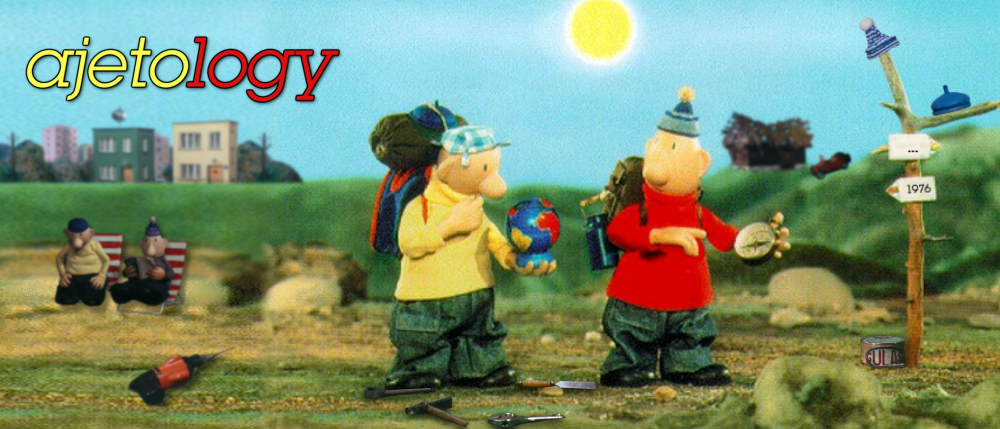I just love thinking of new places to look for hidden gems and immediately striking gold, that is finding something new in my different researches. I was browsing the digital archive of Split’s paper Slobodna Dalmacija (Free Dalmatia, once an important and respected newspaper, today an also-ran) for something unrelated when it struck me – in the many years of its circulation, Pat and Mat were surely featured at some time, right? So, I set off on my search. But, the search function of the site is very clunky and completely useless for multi-word entries. What to do? Of course, search for BENEŠ. After various references about Czechoslovak president Edvard and Croatian boxer Marijan, I found mention of a certain L(j)ubomir Beneš on a page of the December 6, 1985 edition:
Here’s the article enlarged:
Translated, it reads:
“It’s how it is"
On Sundays, at 19 o’clock, in the animated shorts slate on Channel 1, among others, we watch a puppet series whose original title is “It’s how it is”. The series was made by the television in Bratislava, and is directed by Lubomir Beneš, who also wrote many of the episodes, together with Jiri Kubiček. Two heroes, two neighbors, try to convince us that there are no unsolvable problems, although the way in which they do that seems to tell us otherwise.
The somewhat misguided translation of the original is amusing. The correct Croatian translation would be “(i) to je to” (i.e. “(and) that’s it”), which is even occasionally used nowadays. But, the real reason I am dedicating a post to the article is the publicity shot from Zahrádka. It’s – quite strange!
Everyone who has watched the episode (and I recently went through it in my minutiae series – on halt at the moment) knows we seem to have two Pats, which does not make much sense. Is it from an alternate universe where the episode is extended? After making a huge garden gnome, do Pat and Mat decide to make plaster replicas of their own selves and are not trapped as we are led to believe?
Pat is positioned quite suspiciously. Maybe that’s actually
Pat’s evil twin (who can, of course, only be named Rat) who has escaped from
prison to trap his brother in plaster and take over his free, peaceful cottage
life along with fellow felony Tat. Maybe (I’d say, probably) the picture is
cropped, so we won’t know the rest of it until we discover the original in
another unexpected place. Slobodna is also missing many publication years on
its archive for the time being. It’s how it is…


















































